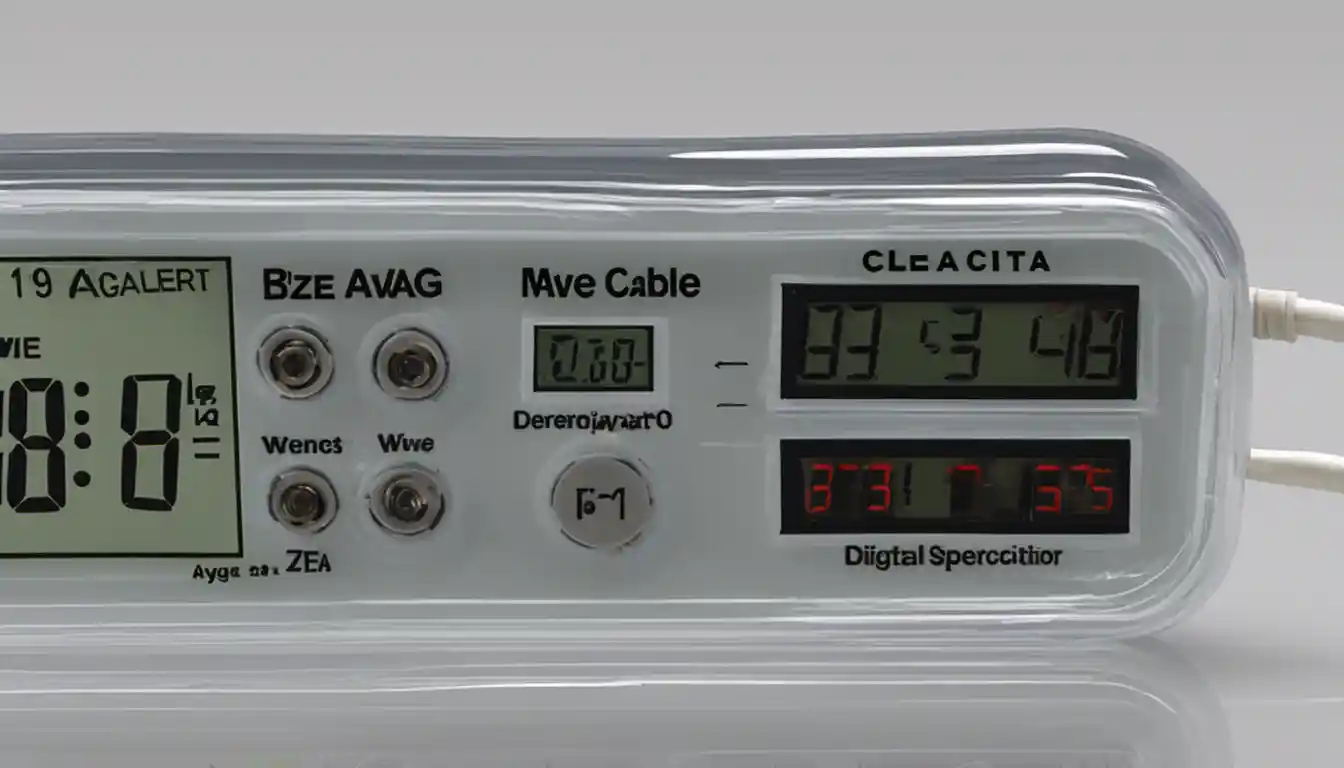Understanding Solar Charge Controllers and Batteries
The wire size from a solar charge controller to a battery depends on the current, or amperage, and the distance between the two components. However, commonly used wire sizes for such setups range from 8 AWG to 10 AWG. You may find the exact wire size you need by using a wire gauge calculator and confirming with your system’s specifications.
As an expert in solar energy systems, I have always stressed the importance of understanding the components that make up these systems in order to maximize efficiency, and today I shall focus on solar charge controllers and batteries.
Definition of a Solar Charge Controller
Picture this: a solar charge controller supervises the energy flow between the solar panels and the batteries, in the same way a traffic warden manages vehicles at busy intersections ensuring maximum flow. Solar charge controllers are crucial as they prevent batteries from overcharging, in turn preventing battery damage, and ensuring your solar system runs optimally.
Importance of the Battery in Solar Systems
I usually compare batteries to the heart of a solar power system – they store the energy harvested from the solar panels. Photons from sunlight activate the panel cells, converting the energy into Direct Current (DC), which is stored in the batteries for later use.
Charge Controller to Battery Cable
Purpose of the Cable
I like to think of the cable from a charge controller to a battery as an energy highway. The purpose of this cable is to transfer the energy harnessed by the solar panels—from the solar charge controller—to the batteries for storage.
The Role of the Cable in Energy Transfer
The charge controller to battery cable plays an integral role in transferring power, helping to regulate the system’s voltage and stop (or redirect) the flow of current to prevent overcharging.
Charge Controller to Battery Wire Size

Importance of Picking the Correct Wire Size
Now on to the main event: determining the right wire size for your solar power setup. Choosing the correct charge controller to battery wire size is like selecting the most efficient lane for your highway; a larger wire can facilitate more current, and hence is like a 3- lane highway vs. a one-lane road which would be a smaller wire.
Drawbacks of Using the Wrong Wire Size
Using the improper wire size is similar to having a traffic jam on the highway. If the wire is too thin (small) compared to the amount of current it is meant to carry, heat builds up, causing inefficiency, and worst-case scenario, fire outbreaks.
The Science Behind Wire Sizing
Understanding Ampere Ratings
An Ampere (or Amps, or just A) rating is a measure of electrical current. Think of it as how many cars are passing on your highway (the wire) at a given time.
Wire Resistance and Cable Length
Wire resistance increases as wire length increases, and with this resistance, comes power loss. Imagine driving on a long, uphill highway – you’re bound to lose a lot of energy, right? That’s what it’s like for electricity traveling along a cable.
Relationship Between Wire Size and Power Lost in Transmission

The relationship between wire size and power loss is inverse: the larger the wire, the lesser the power lost, and conversely. The good thing though, is that a Cable Size Calculator can help you pick the right wire size.
Wire Size Calculation Concept
How to Estimate Maximum Current
A simple trick I use to estimate the maximum current to be handled by a wire is by taking the wattage from the solar panels, and dividing it by the battery voltage. This gives you an approximate current which you can match to a wire size.
Determining Your Solar System’s Voltage
The voltage of your system is predominantly determined by the voltage of your battery bank. Most residential solar systems run at 12, 24, or 48 volts.
Practical Calculation – Deriving Wire Size from Charge controller’s Output
Interactive Wire Size Calculator
The Interactive Wire Size Calculator is a special tool I vouch for when it comes to determining the charge controller to battery wire size. You can utilize this tool to understand the interaction between cable length, current, voltage, and wire size.
Step-by-Step Example: Wire Size Calculation for 35.8 Amps for 430w/12v System

Let me walk you through a practical example. For a 430w system with a 12v battery bank, the estimated amperage is around 35.8A (430/12). Considering about 5% voltage drop, a 10-foot wire distance, and using a Cable Size Calculator, a 10 AWG wire should suffice.
Installation Guide
Be sure to visit our page on solar charge controller installation to safely and effectively set up your chosen wire size from solar charge controller to battery.
How to Connect Correctly Sized Wire From Charge Controller to Battery
- Turn off the charge controller
- Select the correct wire size and prepare it by cutting it to the appropriate length and stripping the ends.
- Connect one end of the cable to the respective terminal on your solar controller.
- Attach the other end to the corresponding terminal on the battery.
- Switch the charge controller back on and monitor the voltage.
Safety Precautions During Installation
Solar power systems deal with high voltages that could be dangerous. Always make sure the system is off before starting any installation, and use insulated tools only.
FAQ about Wire Sizes
I often get a lot of questions about wire size, so let’s address some of them here. Regular checks and maintenance: it’s essential to regularly inspect your solar system setup, especially the connections and wires, to ensure maximum efficiency.
Conclusion
The right charge controller to battery wire size is crucial for an efficient solar system. This guide aims to equip you with a thorough understanding and practical skills to calculate the appropriate wire size for your solar setup.
My hope is, as more of us turn to renewable energy sources, we can each contribute in our own little ways in reducing carbon footprint and promoting sustainability. Remember, every watt counts!



